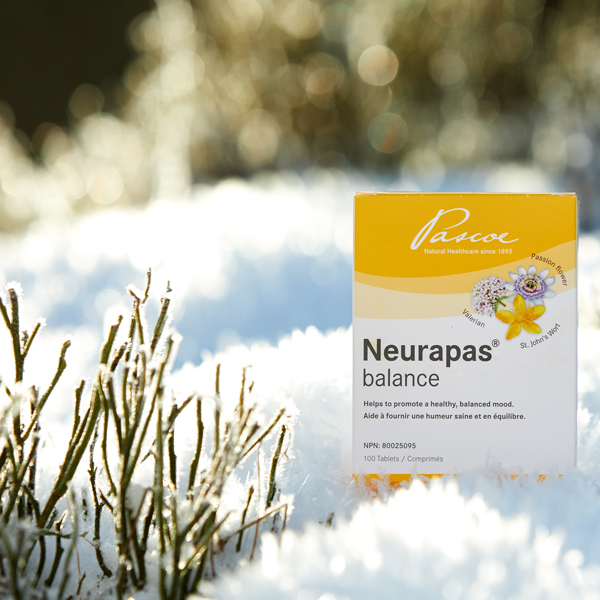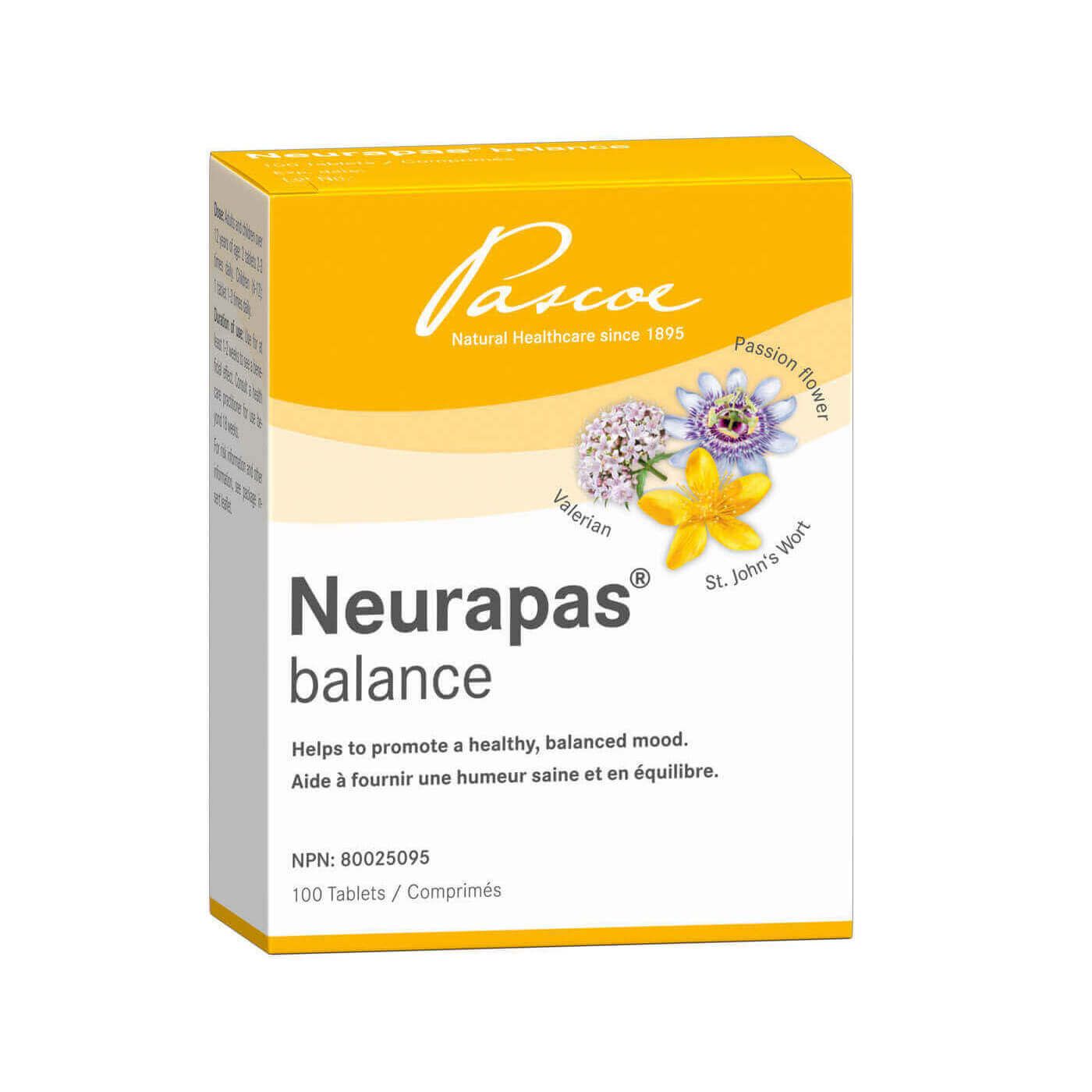Winter Blues: Seasonal Affective Disorder
Seasonal affective disorder (SAD) is a type of depression that occurs during the same season each year.
The lack of natural daylight and the reduced light intensity during the dark months are thought to be the leading cause of SAD. Light signals to the body to produce the mood-enhancing hormone serotonin. At the same time, the body minimizes the release of the hormone melatonin which influences the rhythm of waking and sleeping.
The exact cause of SAD is unknown, but researchers believe the condition may be related to the body's internal clock, which regulates temperature and hormone production. Nerve centers in the brain control our daily moods and rhythms and are stimulated by the amount of light that enters our eyes.
Who is Affected by SAD?
Women are more likely than men to be diagnosed with SAD, and SAD is more common in people who live either far north or far south of the equator. Young people are more likely to develop SAD, and the risk decreases with age. A family history of SAD or other forms of depression increases risk.
Symptoms of SAD
The long hours of darkness in the autumn and winter months lead to a temporary depressed mood in many people. However, this is not usually a depression in the medical sense. A true seasonal affective disorder is rare and only affects around one to three percent of the total population.


Sufferers of this are not necessarily sad and depressed, but primarily have the following symptoms:
- Feel sad, grumpy, moody or anxious
- Sleep more but still feel tired/exhausted
- Lose interest in usual activities
- Eat more and crave sweet foods high in calories
- Gain weight
- Have trouble concentrating
Naturopathy offers a variety of options for self-medication. For example, high-dose extracts of St. John's wort block the reuptake of neurotransmitters such as serotonin, dopamine and noradrenaline in nerve cells. These neurotransmitters remain in the so-called synaptic cleft (space between the nerve cells) and continue to exert an effect.
There are a variety of options for self-tests on the internet for those people who are not sure whether their problem is a low mood or is already a depression. For example, the Max Planck Institute created such a test for the WHO. However, in the case of a severe low mood that persists for longer, a doctor or psychotherapist is the appropriate point of contact.
Daily exposure to bright light (phototherapy) may help balance certain brain chemicals and reset body rhythms. Usually, light therapy involves sitting in front of a high-intensity fluorescent light source that is meant to simulate daylight (2,500 to 10,000 lux, a unit of illumination) at a distance of 1 to 2 feet, for 1 to 2 hours each morning (generally less time with increasing lux values). For some people, 30 minutes to 2 hours of treatment with bright light may be as effective as antidepressant medication.
Some antidepressant medications may be used to treat people with more severe cases of SAD. Ask your doctor for more information about medications (and potential side effects) if you suffer from SAD. Although stress is a natural part of life, it can be a major problem if it is prolonged or severe. In our frantic society, stress affects people of all ages, gender, and circumstances. Stress can lead to both physical and psychological health issues.
Pascoe's Neurapas® Balance
Neurapas® balance was created to encourage a healthy, balanced mood. Neurapas is made with a triple herbal combination of naturally sourced medicinal ingredients: dry extract of passionflower, valerian root, and St. John’s wort. As a herbal product, Neurapas has no addiction potential and no hang-over effect.


